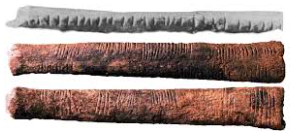Mathematical Topics: Kaktovik Numerals & Base 20
Relevance: Alaskan Numerals – Inuit Students
Suggested Age: 8th | 9th
Suggested Course: Middle School | Algebra 1 | Geometry
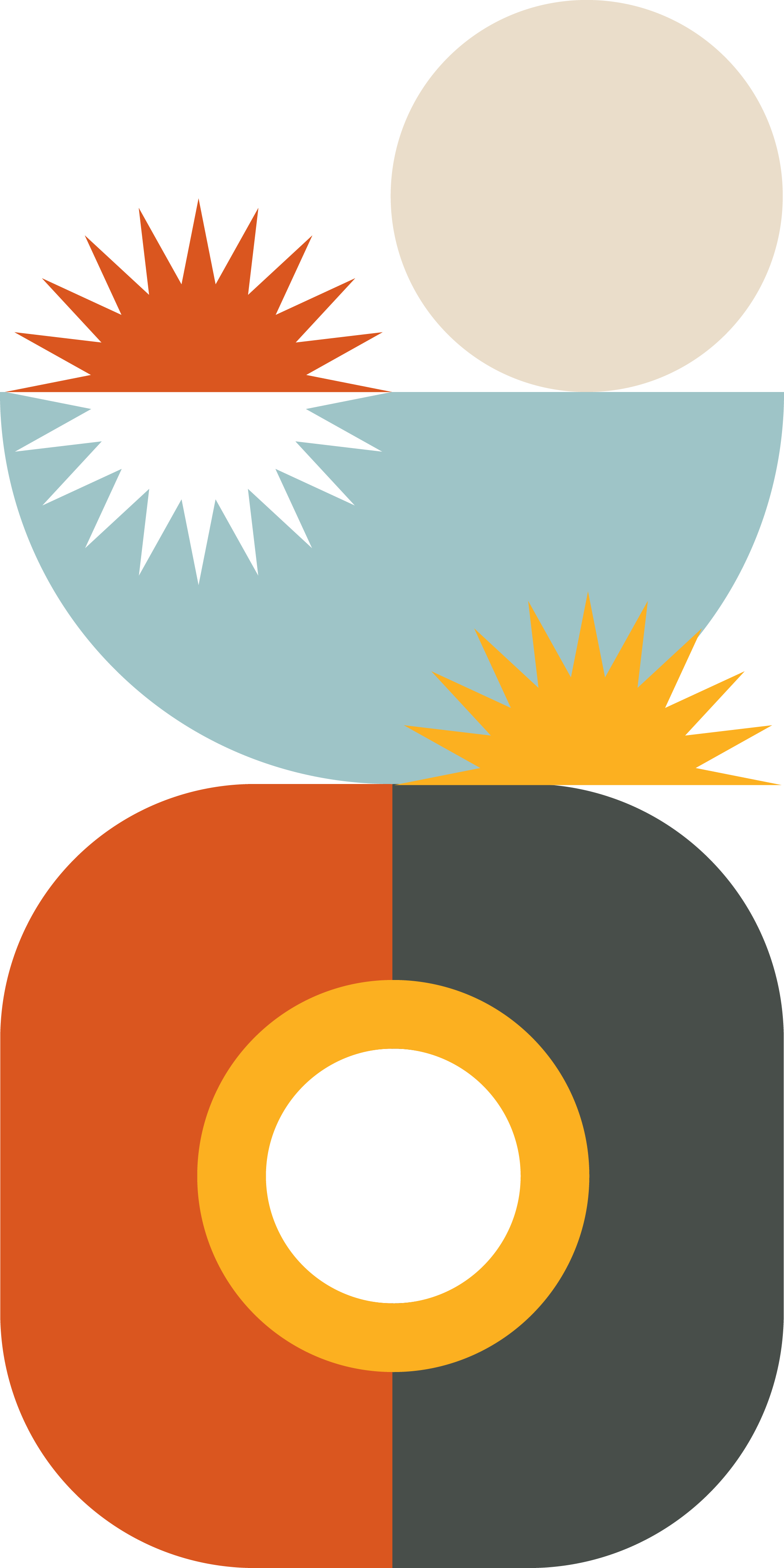
Lesson Summary:
This lesson intends for students to engage with the Kaktovik Numerals and their base 20 number system. Through a discovery lens students will explore how base 20 functions and compare it to our base 10 number system. Students will be given a chance to write numbers in base 20 and convert them to decimal value. Afterwards students will learn about the students who created the Kaktovik numerals and its connections to mathematics. Students will partake in a jigsaw activity where they will read a variety of articles on Kaktovik numerals. Discussion questions will guide students into conversation about our Western perception of the advancement of ancient civilizations. Lastly, there are a variety of extension activities available to choose from based on student interest.
This lesson was developed by Diane Thole, a NYC public HS school teacher who teaches at School of the Future in Manhattan. Diane has 22 years of teaching experience, primarily teaching Geometry. Diane is also a MfA Master Teacher and her interest in Ethnomathematics was peaked when she attended a workshop on cultivating students’ math roots and identities. Having the ability to create Geometry lessons where Diane can have students explore topics of interest, outside of a set curriculum, and allow for student agency and voice is what excites her about teaching math. She hopes you enjoy this lesson as much as she had creating it!
Remember that the lesson guides are just suggestions. This lesson can be applied to students from K-12 depending on how you are able to differentiate up or down for the purpose of exploring number systems. Feel free to create your own options, use some of our suggested ones or even use it all. Most importantly consider your student population, involve them in the research and expand the lessons to fit your needs.
.
Our Lesson Plan
Our lessons are made to be printed or downloaded. Please do so through the link below.
Our Presentation
Our presentations are made to be printed or downloaded. Please do so through the link below.
Student Handouts
Our student handouts are made to follow the progression of the teacher guide. Download and edit to fit your students needs.
Hook: (10 minutes, slides 2-5)
The hook will allow students to break down the number 4,392 and describe it using base 10. Slide 5 will give students a guided breakdown and visual that will help them organize their ideas later in the lesson when considering base 60.
Mathematical Exploration: (30-45 minutes; slides 6-13)
During the mathematical exploration students will learn about the Kaktovik base 20 number system in cuneiform. On slide 7 students will be given the Kaktovik number system and ask them what base their number system was in. The goal will be for students to recognize they have a base 20 model. Students will have a class conversation about how it is difficult to conceptualize base 20 similar to how it is difficult to think in a new language you are just learning. We often think in our native language rather than translate to the new language, this is similar to switching between mathematical bases.
Following this, on slide 8, students will complete a notice and wonder that shows the cuneiform symbols, transliteration numbers as well as decimal numbers. The hope is that students would be able to discover that base 20 is about place value and exponential growth of base 20. During this exploration it is essential that students are given the time to really try to problem solve and figure out the pattern. It is important to give students a few minutes of independent thought time to process the information before they share out in groups. If certain groups can figure out the first 2-3 examples, let them share with the whole class. If students need extra support in how to organize their ideas, slides 9-11 provide solutions.
Once students have figured out how to convert numbers from cuneiform base 20 to decimal base 10 they can practice together. It is recommended to allow students the chance to practice on whiteboards together following the Building Thinking Classrooms model. Problems can be found on slide 12. (Answers are on the bottom of the slide.)
An extension discussion is to see if students can determine the rules for adding or subtracting Kaktovik numerals.
Relevance Explored: (40-45 minutes; slides 14-15)
Slide 15 sets students up to complete a jigsaw activity using a variety of articles on Kaktovik numerals. In small groups, students will explore one of the following articles on Kaktovik numerals. Information and instructions that can be shared with students is found on slide 15. Each student will write notes/a paragraph answering their question prompts. Students have the freedom to add any type of information they want to their response. The links provided on their document are just intended to be a start for students to research. They should be encouraged to also find additional resources based on information they read and find interesting. The provided websites are intended to just be a start. Encourage students to do additional research if they’d like.
Once students have completed reading the article, they will then do a jigsaw share out in their groups discussing what they have found. They will give each student 5 minutes on a timer to share the information they learned about the use of mathematics. It is helpful to make sure to display the time on the board for students to be able to pace themselves. It is recommended to let students know they cannot move onto the next person until after the 5 minutes is up. If they feel they have finished sharing information, their group members should ask questions to fill in the rest of the 5 minute timer gap.
Student Discussion: (10-15 minutes; slides 16-17)
Students should be given the time to discuss and debrief the lesson together. The discussion questions intended to let them reflect on Westernized perceptions of the development of different ways of thinking. The questions provided are just suggested questions and should be edited and developed to meet the needs, identities and personalities of your students. They can be considered in partners, small groups or whole class discussions based on your student population.
Extension Activities: (slides 18-24)
If you would like to spend more time on than the lesson provided there are extension ideas ready to explore. Based on your student population and task chosen additional research and development of content might be necessary:
- Extension 1: (slide 19) Birthday in Cuneiform – students can write their birthday in cuneiform base 20.
- Extension 2: (slide 20) Students will explore using a YouTube video on Kaktovik long division. It can be challenging, and students can develop division problems for their peers and use a Building Thinking Classroom approach to solve the problems.
- Extension 3: (slide 21) Students, if they want even more of a challenge, can work in groups on creating a numerical system with base 30.
More Lessons
Below you’ll find our resources which are filterable by their age group and mathematical topic.
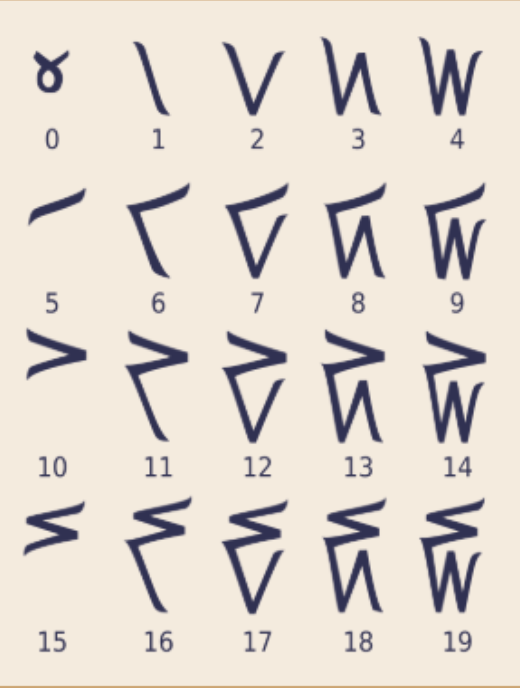
Kaktovik Numerals & Base 20

Tessellations in West African Hair Braiding

Density in Dominican Cakes compared to American Cakes
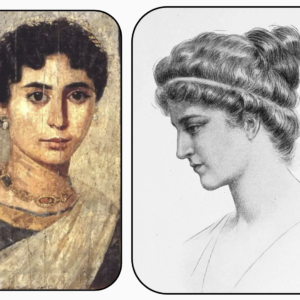
Hypatia of Alexandria & Conic Sections
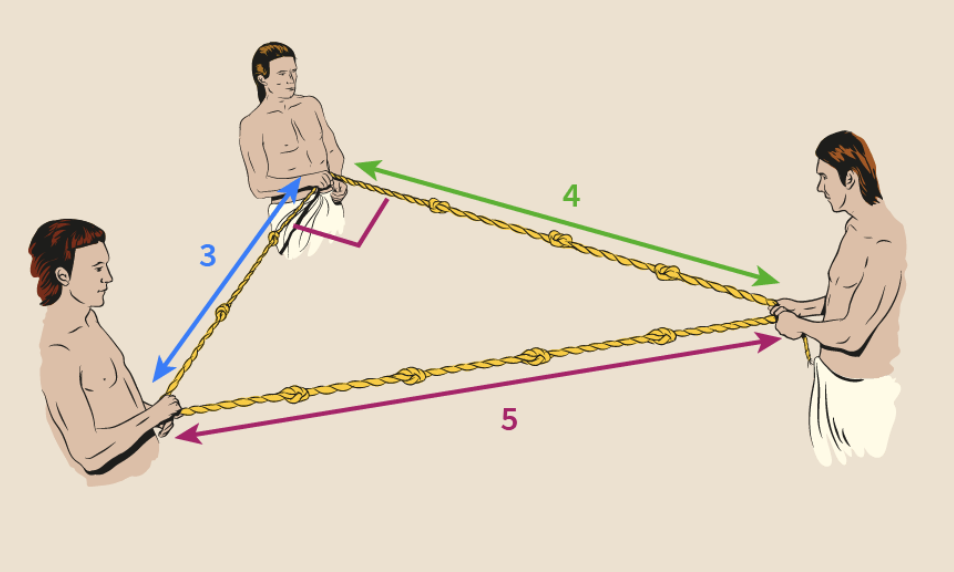
Ancient Egyptian Base 10 Number System & Doubling Method
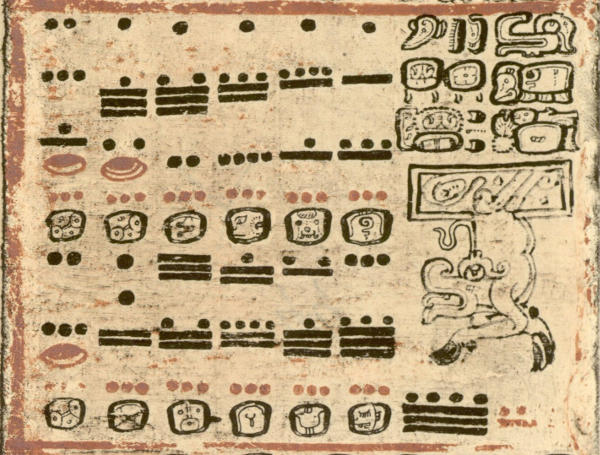
Maya Calendar & Base 20 Number System
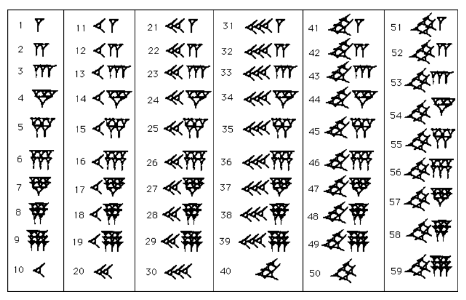
Ancient Babylon Base 60 Number System
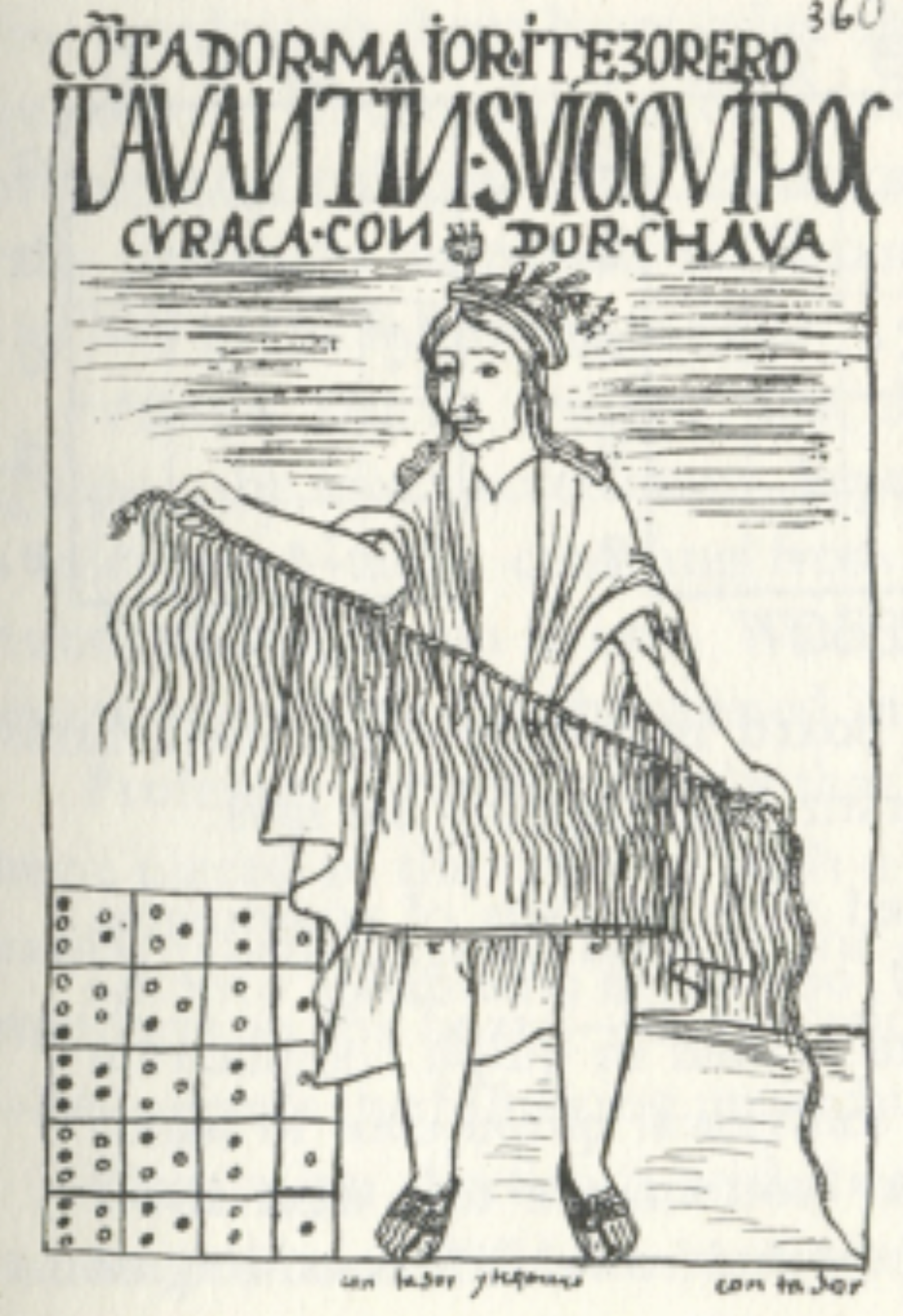
The Origins of Fibonacci’s Sequence
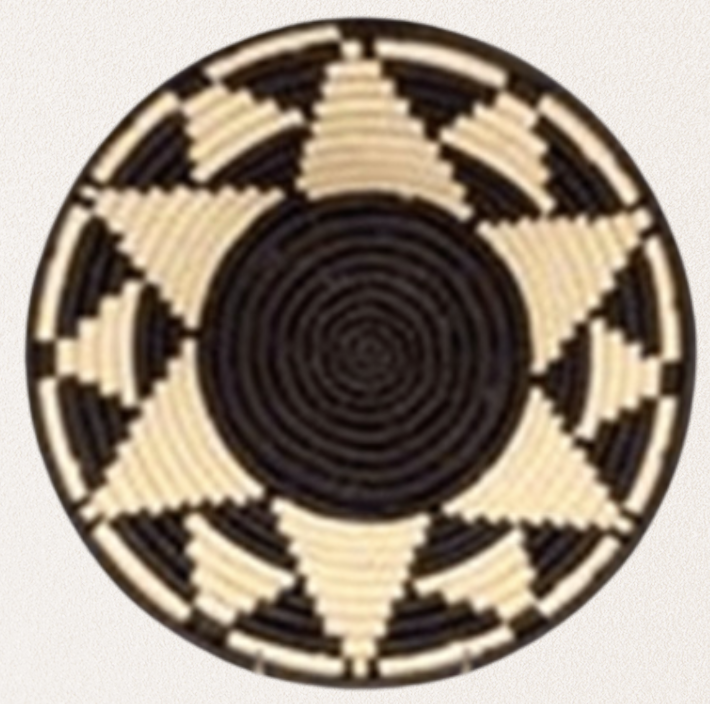
African Baskets & Regular Polygon Rotations

Ancient Mathematical Puzzles: Magic Squares and Hexagonal Tortoises
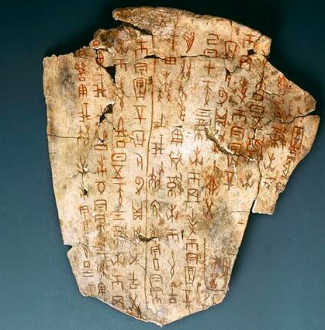
Oracle Bones & Counting Rods
